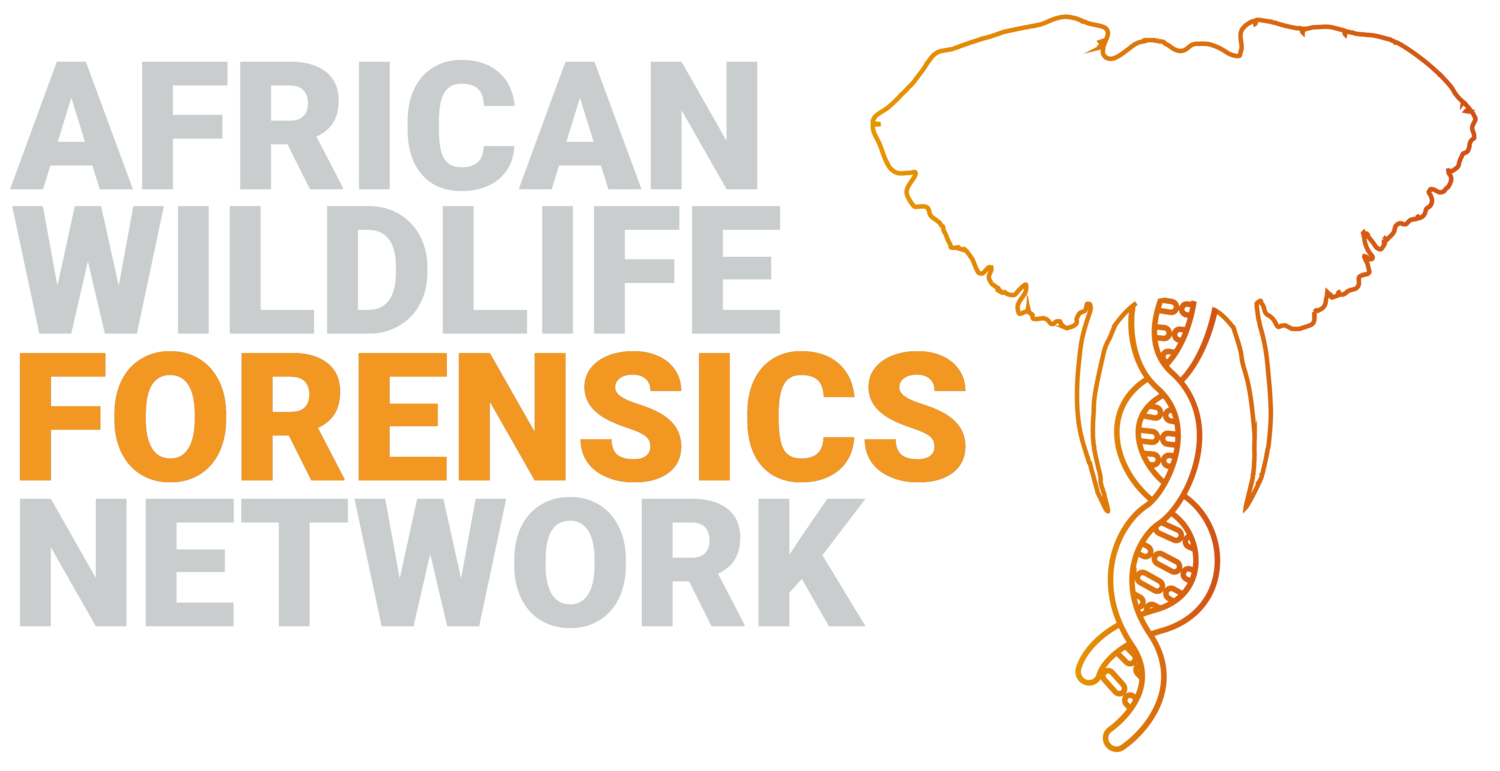AWFN laboratory resources
The following resources are available to help wildlife forensic practitioners working in a laboratory.
SWFS Standards and Guidelines 3.0 - 19th Nov 2018
AWFN documents (available on demand).
Wildlife Forensic Laboratory Videos
Forensic Guide to Charcoal & eLearning
UNODC and experts from the Netherlands Forensic Institute have produced a ‘Forensic Guide for Sampling, Examination, &, Reporting’ on charcoal. Alongside the guide is an introductory and self-paced eLearning course for criminal justice practitioners on techniques to forensically examine charcoal. The course is comprised of three modules, teaching users how to gather evidence for forensic analysis, examine charcoal using characteristics visible by eye or low magnification, and report the results. In completing the course, users will acquire the knowledge and tools to scientifically determine the origin and classification of charcoal and tender such findings as evidence in court to ensure sanctions are more effective.
LionLocalizer
LionLocalizer is an online tool to provide intelligence into the possible geographic origin of any seized lion body parts. It uses genetic sequences generated from the seized lion parts to match them against a database known, georeferenced lion genetic sequences.
LionLocalizer is available here.
This video gives an overview of how lion localizer works and what it is intended for.
P.E.L.T.S
For countries that do not have a lab or access to wildlife forensic services, TRACE Wildlife Forensics Network have established a Portable Enforcement Laboratory for Testing Seizures in partnership with UNODC. For more details about the PELTS system please watch the video below.
If you are a government agency interested in using the PELTS system, please contact the PELTS team.
P.E.L.T.S. - Portable, forensically validated, wildlife species identification

